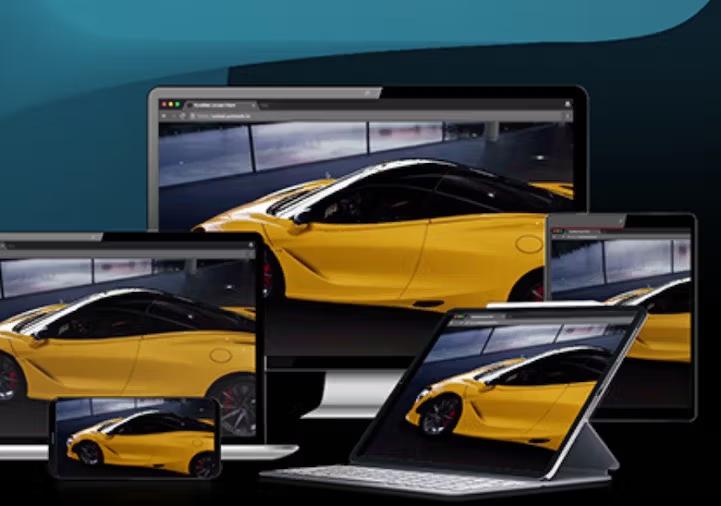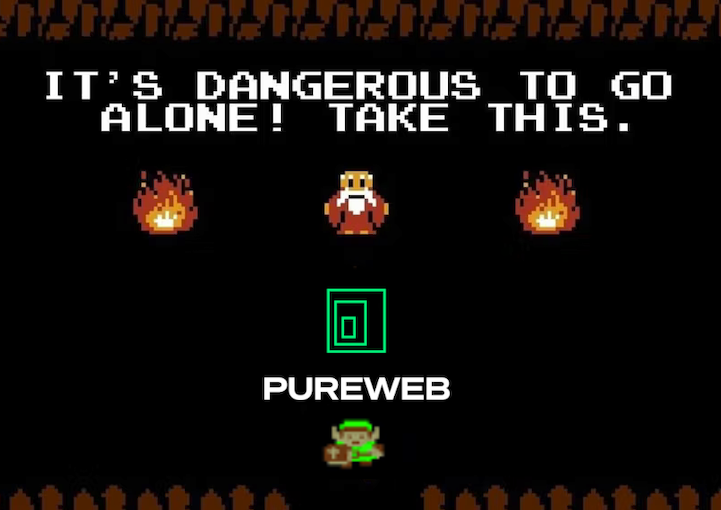From Screen Scraping and VDI to Pixel Streaming: Navigating the Evolution of Remote Streaming

As remote access technologies have evolved from screen scraping and Virtual Desktop Infrastructure (VDI) to Pixel Streaming, each has brought its own set of functionalities, benefits, and limitations. Let's explore these technologies to better understand their applications, how they've shaped remote access, and where they stand in today's tech landscape.
Screen Scraping: A Nod to the Past
So, what is screen scraping? Screen scraping technology captures and transmits the display output of a remote desktop or application to a client device. In simple terms, this means that information is copied from a digital display to be used for another purpose.
In the case of streaming a game, that game runs on a remote resource and is rendered on that computer's display, scraped, and then sent as a video stream to the end user's browser.
Screen scraping is usually performed automatically with a scraping program. Due to this, anything that is displayed on the computer might be subjected to scraping, not just the game application being streamed. Modern operating systems offer APIs that can help to accelerate and better isolate what is captured from the desktop and windowed applications, and can enhance the streaming and encoding path taken. Still screen scraping imposes a fundamentally indirect path from source content, passing through a windowing system before arriving at the end user. Input returning from the user similarly must be translated back through to the source application.
This approach provides basic remote access capabilities, which is ideal for support and administrative tasks. However, it's hindered by interprocess latencies and inefficiencies, particularly in environments that don't support real-time, high-resolution content. Additionally, screen scraping prevents any sort of direct client/application communication, which makes it difficult to build a variety of experiences, including hybrid streaming experiences where client elements are built using web-technologies and drive in-application functionality. Fundamentally rooted in the single-user desktop experience, screen scraping lacks the sophistication needed for more complex or interactive remote computing needs.
VDI: Adapting Tradition with Modern Capabilities
Virtual Desktop Infrastructure offers a more controlled and secure method of remote access by hosting user desktops on central servers. This centralized approach streamlines management and enhances security but remains tied to the conventional desktop paradigm. However, it's worth noting that VDI's capabilities have expanded with the integration of NVIDIA's virtual GPU (vGPU) solutions. These advancements allow VDI to support more graphically intensive applications, catering to individualized desktop workstation environments. While this enhances VDI's applicability in support of intense graphical workloads, VDI primarily excels in enterprise workforce productivity scenarios that demand standardized, secure, and consistent desktop experiences across various enterprise devices.
Pixel Streaming: Embracing the Future of Remote Access
Emerging as a response to the limitations of traditional remote access technologies, Pixel Streaming introduces a paradigm shift. This technology streams high-fidelity, real-time interactive 3D content directly to devices, bypassing the constraints of the traditional desktop model. Designed for scalability and performance, Pixel Streaming bypasses the limitations of screen Scraping and VDI, offering a headless service approach that supports dynamic, graphically intensive experiences suitable for a host of modern applications, such as:
- High-Fidelity Visualization and Interactive Demos:
- Pixel Streaming excels when it comes to showcasing high-fidelity 3D visualizations or interactive demos, such as architectural walkthroughs, industrial simulations, or medical imaging. Unlike screen scraping, which may compromise visual quality and interactivity, Pixel Streaming delivers crisp, high-resolution graphics and responsive user interactions.
- Resource-Intensive Applications and Multi-Platform Compatibility:
- For resource-intensive applications like video editing suites, CAD software, or gaming, Pixel Streaming offers superior performance compared to traditional screen scraping or VDI solutions. Pixel Streaming leverages server-side rendering, allowing users to access these demanding applications on low-end or mobile devices without compromising performance. Additionally, Pixel Streaming supports multi-platform compatibility, enabling users to access applications on various devices regardless of their hardware specifications.
- Real-Time Collaboration and Training:
- Pixel Streaming is well-suited for real-time collaboration and training scenarios where multiple users need to interact with a 3D environment simultaneously. Unlike VDI, which typically provides individual instances of applications to each user, Pixel Streaming enables collaborative experiences within a shared virtual space. This feature is beneficial for team collaboration, virtual classrooms, or remote training sessions, allowing participants to interact with each other and the environment in real time.
Balancing Perspectives Across Technologies
While Pixel Streaming represents a significant technological advancement, it's essential to recognize the continued relevance of screen scraping and VDI, especially in contexts where traditional desktop access and security are paramount. VDI, enhanced by NVIDIA vGPU solutions, bridges the gap between standard desktop applications and more demanding graphical tasks, catering to individualized needs within workstation environments.
However, it's crucial to understand the specific contexts and applications best suited for each technology. Screen scraping and VDI, grounded in traditional computing models, offer solutions for environments where standardization, security, and desktop familiarity are key. In contrast, Pixel Streaming caters to a new era of remote experiences, prioritizing real-time interaction and graphical intensity over conventional desktop paradigms.
Making an Informed Choice
The landscape of remote computing is rich and varied, with each technology playing a distinct role. Screen scraping offers basic access, VDI provides secure and standardized environments (now with enhanced graphical capabilities through vGPU technology), and Pixel Streaming paves the way for the future with its advanced, real-time 3D streaming capabilities. By understanding the strengths and limitations of each, users and organizations can make informed choices that align with their current needs and future directions, ensuring that they harness the right technology for the right task.


